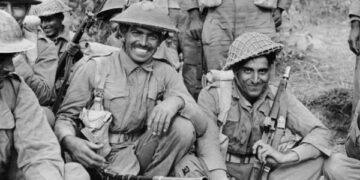Every exam comes with its own syllabus and the pattern of the pattern. It depends on which field you are talking about. Therefore, when we talk about the IAS exam, it is essential for one to know about the nation and all things related to the nation. In addition, all information that is related to the various schemes, policies, organizations, etc. In this article, you will understand all information related to the White Revolution. Know about the White Revolution in India, what is operation flood is, the milk revolution, and other important details. It will help you with your IAS exam preparations. Further, in our previous articles, we have covered additional important information to help you with the IAS exam preparations.
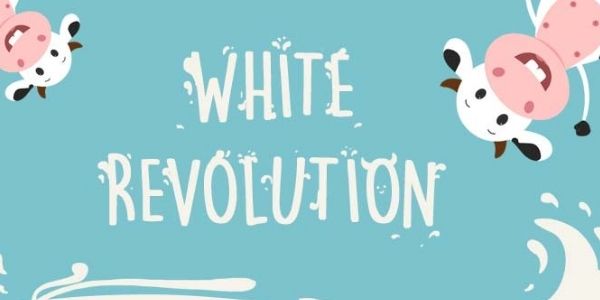
Introduction
In the first place, the White Revolution is an operation flood program. Further, the White Revolution in India was the brainchild of Dr. Verghese Kurein. Under this, many important institutions were established, like the Gujarat Cooperative Milk Marketing Federation Ltd and the National Dairy Development Board (NDDB).
IAS Exam
It is an obvious thing, and all want to know why it is essential for the IAS exam? It is one of the vital concepts necessary for the IAS exam main exam GS papers. We all know about the UPSC IAS exam syllabus and the pattern. It is one of the difficult exams present in India, and many students apply for the exam, including working professionals. Therefore, competition is high, and one must work hard and put in all efforts to clear the exam. In the IAS prelims, there are two papers, and in the main exam, you will find nine papers. One can go through the official website here.
What is White Revolution
Further, it is a national milk grid linking producers throughout India to consumers in over 700 towns and cities. It is one of the most significant dairy movements started by the government of India in the year 1970. Then, the primary aim of the revolution is to make India a self-dependent country in milk production. This movement helped increase the productivity of milk in the country, which was then sold at competitive market prices. The father of the white revolution was Dr. Verghese Kurien, and he was the founder of Amul, the largest producer of milk in the country. It also aimed to adopt new animal husbandry methods and alter the composition of feed ingredients.
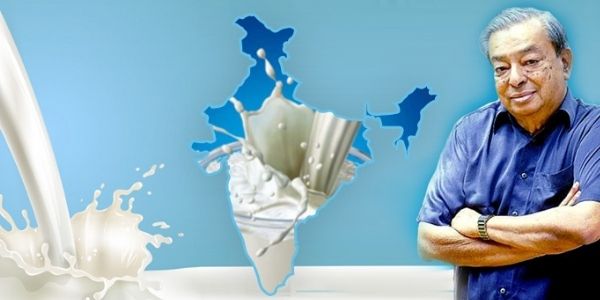
Features Of White Revolution
- Adopting new methods for animal husbandry, and
- Altering the composition of feed ingredients in various proportions.
History of Milk Revolution
Concerning the history of the White Revolution, in 1964-1965, the Intensive Cattle Development Programme was introduced in India. The cattle owners were offered a package of improved animal husbandry to promote the country’s white revolution. Further, the National Dairy Development Board introduced a new program named operation flood to raise the speed of the white revolution in the nation. Besides, operation flood started in the year 1970 and was aimed to create a nationwide milk grid.
Objectives
- Creating a flood of Milk by raising production
- Increase the incomes of the rural area population
- Provide milk to consumers at fair prices
Significance
Further, this revolution helped farmers direct their development, controlling the resources they created in their own hands. In addition, it helped India become the largest producer of milk in the world in 2016-17. Currently, India is the world’s largest milk producer, with 22% global production. It also reduced malpractice by traders and merchants, and it also helped to remove poverty and made India the largest producer of milk and milk products. Further, to connect milk producers with the consumers of more than 700 cities and towns. Besides, it improved the living standards of the rural people and led to the progress of the rural economy.
More on White Revolution
Further, the white revolution consists of the 19 elements introduced over 16 years, with the first six introduced on January 9, 1963, and put to a national referendum on January 26, 1963.
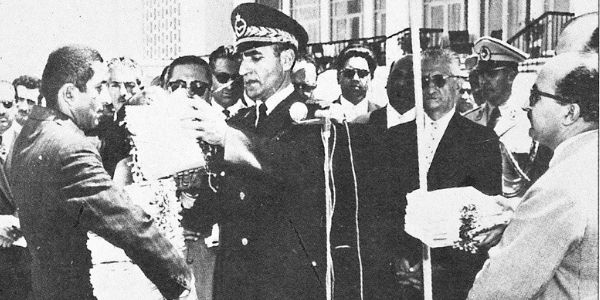
- Land Reforms Program and Abolishing “Feudalism”
- Nationalization of Forests and Pasturelands
- Privatization of the Government Owned Enterprises
- Profit Sharing
- Formation of the Literacy Corps
- Extending the Right to Vote to Women
- Formation of the Reconstruction and Development Corps
- Formation of the Houses of Equity
- Nationalization of all Water Resources
- Formation of the Health Corps
- Urban and Rural Modernization and Reconstruction
- Didactic Reforms
- Workers’ Right to Own Shares in the Industrial Complexes
- Price Stabilization
- Free and Compulsory Education
- Free Food for Needy Mothers
- Introduction of Social Security and National Insurance
- Introduction of Measures to Fight against Corruption
Phases of the White Revolution
The White Revolution launched in three phases.
- Phase 1 – It started from 1970 and lasted for 10 years i.e. till 1980. Further, it was financed by the ale of butter oil and skimmed milk powder donated by the European Union.
- Phas 2 – This phaselasted for five years from 1981 to 1985. In this phase the number of milk sheds increased from 18 to 136, milk outlets were expanded to about 290 urban markets. A setup that included 4,250,000 milk producers spread across 43,000 village cooperatives. Then, the production of the domestic milk powder increased from 22,000 tons in the year 1980 to 140,000 tons by 1989. Further, All of the enhancements in production were simply because of the dairies set up under Operation Flood.
- Phase 3 – This phase lasted for 10 years from 1985-1996. This phase enabled the dairy cooperatives to expand and gave a finishing touch to the programme. Further, it helped to strengthen the infrastructure required to procure and market increasing volumes of milk. Later, towards the end of the White Revolution 73,930 dairy cooperatives had set up that links more than 3.5 crore dairy farmer members. Currently, n, there are several hundred Cooperations in India that are working very efficiently.
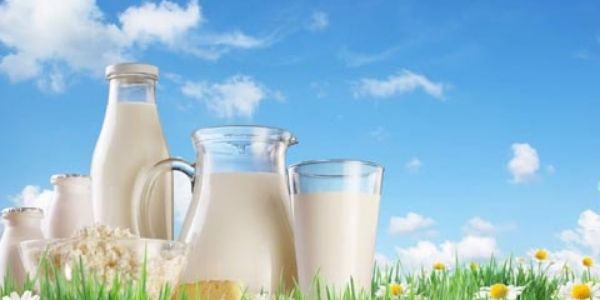
IAS Exam Suggestions
- In the first place, one must know about the exam syllabus and the pattern of the paper. Further, go through the previous year’s papers to know about the same. One needs to solve as many question papers as possible.
- Further, time is important for the exam. One must make a proper plan and give time for all the subjects of the exam, and one should give time for revision
- Revision is the essential thing in any exam. It helps you to remember things well, so before starting with new concepts, try to revise old concepts.
- Besides, giving mock tests will help you improve your skills and knowledge about your skills and improve them. In addition, answer writing practice is important for the IAS exam. It will not help you much if you just study. You need to have a writing practice.
- Also, know which are the trending topics and prepare for the same. One can refer to the last year’s papers to know about the topics.
- It is essential for one to have a habit of reading the newspapers daily as an understanding of current affairs is equally important. Besides, it is a good idea to keep a separate book where you can write all important points and study the same during the same.
- We have covered all details related to the UPSC IAS exam. You will find information of the books, syllabus, tips, pattern, and other details. Read More.
Conclusion – White Revolution / Milk Revolution
This particular article will give you complete information related to the Milk Revolution and White Revolution. It is one of the essential things for the IAS exam. We have added all the details to help you with the UPSC exam preparations. Know about the operation flood and milk revolution. One can refer to the previous year’s papers to know about the question pattern, marks, and trending topics. Besides, find details of the other UPSC exam study materials here. We have tried covering some of the essential topics. Read More. Further, one read the official website to know more about the IAS exam. You will find details of the IAS exam dates and other information. If you plan well and go in the right direction you can clear the IAS exam. So, understand the exam syllabus and prepare yourselves for the IAS exam.
FAQs – White Revolution
Padma Vibhushan Dr. Verghese Kurien, ‘Father of White Revolution in India’
AMUL stands for Anand Milk Union Limited
1970
Editor’s Note | White Revolution
In summary, the IAS exam is one of India’s important and toughest exams. Further, many students and working professionals apply for the exam. In addition, one can study independently or go for the coaching classes. However, it depends from one person to the other. Many have cleared the exam in their first attempt and without coaching classes. We can say that this exam will check your subject knowledge and your dedication towards tour goals. Besides, we have also added information related to the IAS exam and tips, and it will help you with the exam preparations. We wish you good luck with the IAS exam.





